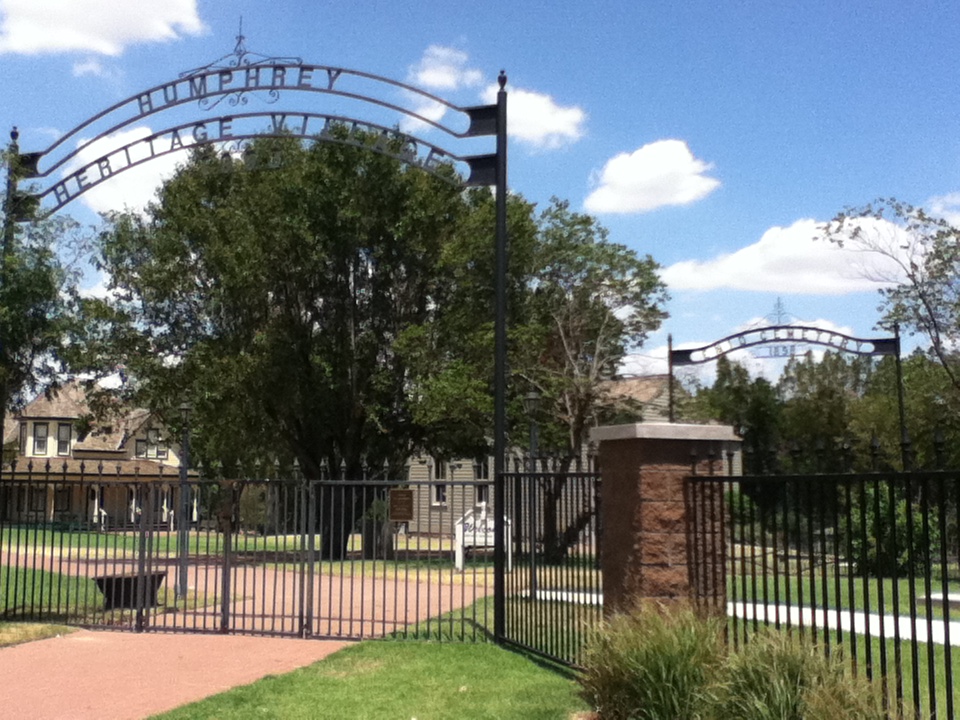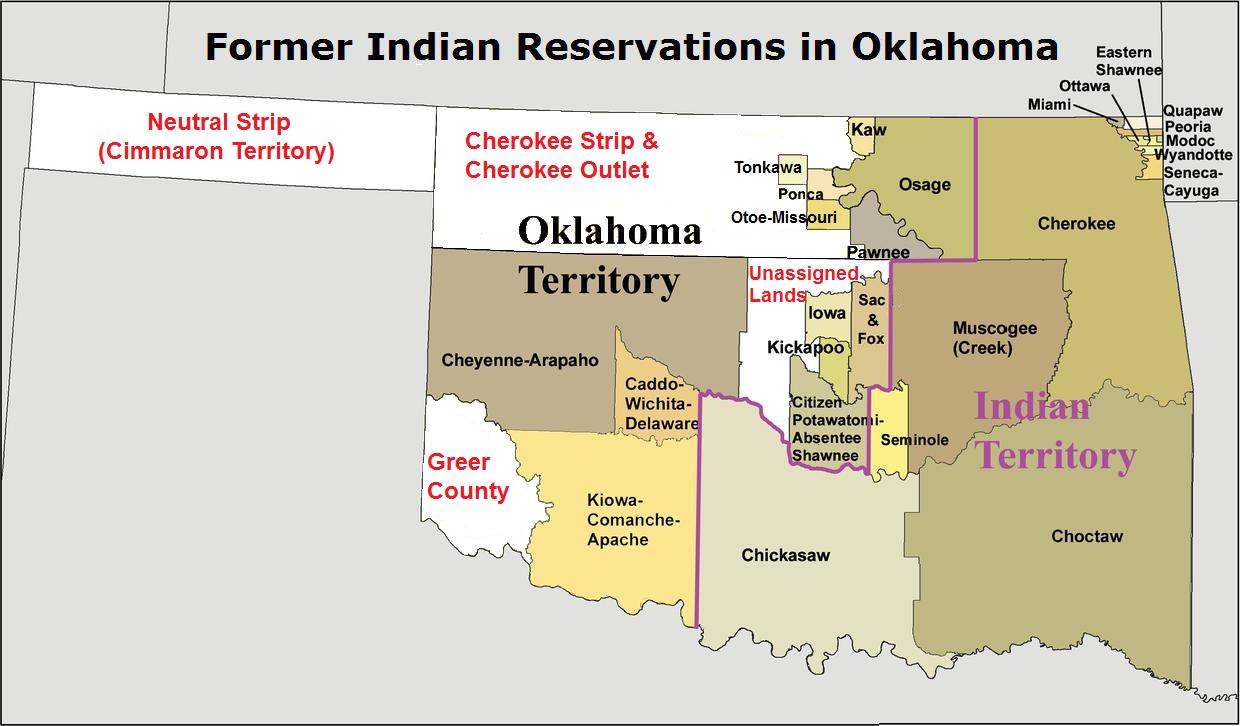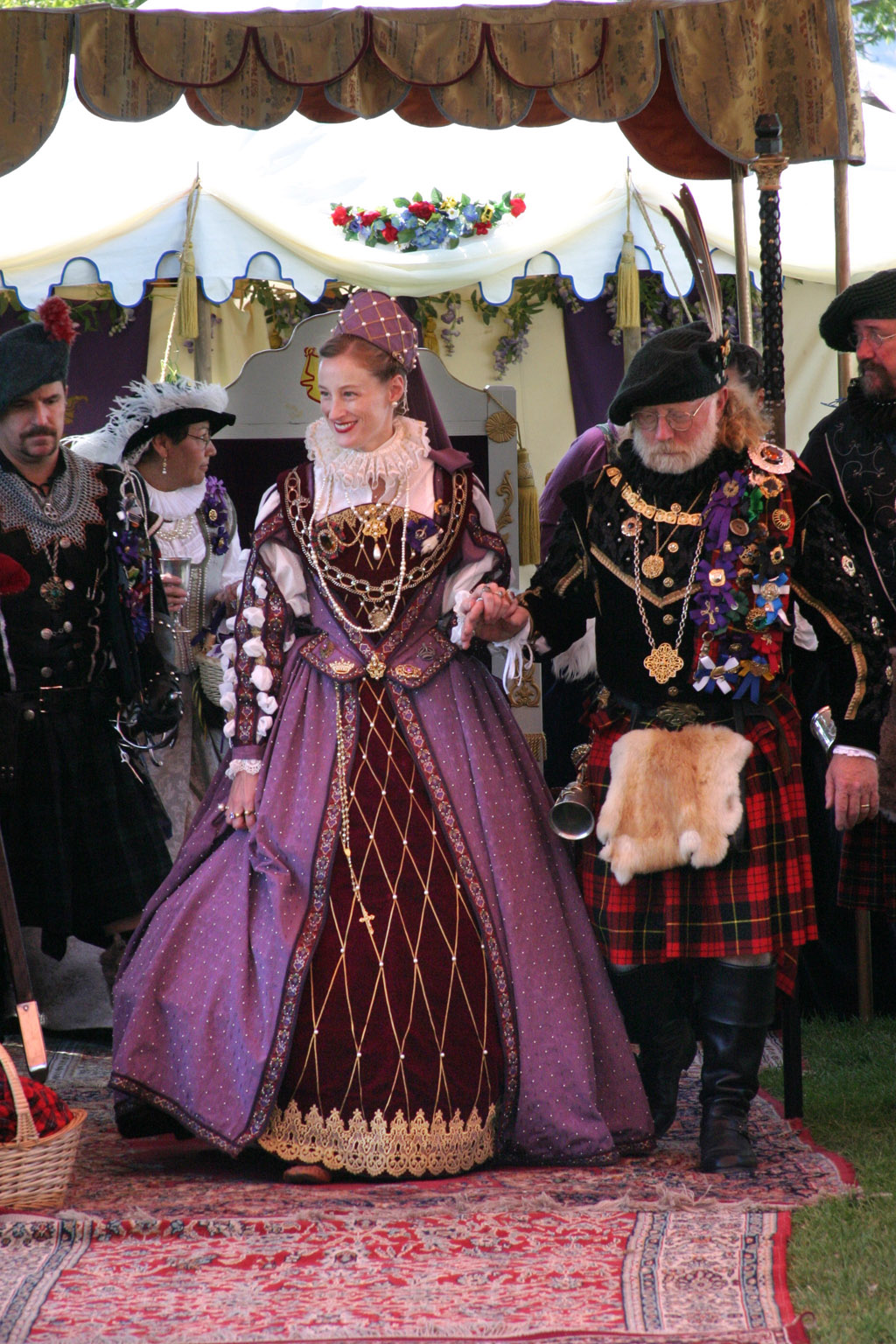|
Cherokee Strip Regional Heritage Center
The Cherokee Strip Regional Heritage Center (CSRHC) is a museum in Enid, Oklahoma, that focuses on the history of the Cherokee Outlet and the Land Run of September 16, 1893. Previously named the Museum of the Cherokee Strip, the museum has undergone renovations expanding the museum space to 24,000 square feet.About Us at http://www.csrhc.org/ Cherokee Strip Regional Heritage Center Website] (accessed April 26, 2010) The Cherokee Strip Regional Heritage Center is home to permanent and temporary exhibit galleries, a research center, and the Humphrey Heritage Village. History The Museum of the Cherokee Strip was officially opened on September 13, 1975. The Garfield County Historical Society, Sons and Daughters of the Cherokee Strip Pioneers, and Cherokee Strip Historical Society preserved and collected historical artifacts from |
Enid, Oklahoma
Enid ( ) is the ninth-largest city in the U.S. state of Oklahoma. It is the county seat of Garfield County. As of the 2020 census, the population was 51,308. Enid was founded during the opening of the Cherokee Outlet in the Land Run of 1893, and is named after Enid, a character in Alfred, Lord Tennyson's '' Idylls of the King''. In 1991, the Oklahoma state legislature designated Enid the " purple martin capital of Oklahoma."Purple Martin State Capitals ", ''Nature Society News'', June 2006, p. 8. Enid holds the nickname of "Queen Wheat City" and "Wheat Capital" of Oklahoma and the United States for its immense grain storage capacity, and has the third-largest grain storage capacity in the world. History [...More Info...] [...Related Items...] OR: [Wikipedia] [Google] [Baidu] |
Cherokee Outlet
The Cherokee Outlet, or Cherokee Strip, was located in what is now the state of Oklahoma in the United States. It was a 60-mile-wide (97 km) parcel of land south of the Oklahoma-Kansas border between 96 and 100°W. The Cherokee Outlet was created in 1836. The United States forced the Cherokee Nation of Indians to cede to the United States all lands east of the Mississippi River in exchange for a reservation and an "outlet" in Indian Territory (later Oklahoma). At the time of its creation, the Cherokee Outlet was about 225 miles (360 km) long. The cities of Enid, Woodward, Ponca City, and Perry were later founded within the boundaries of what had been the Cherokee Outlet. The Cherokee Strip was a two and one-half mile wide piece of land running along the northern border of much of the Cherokee Outlet. It was the result of a surveying error. The whole of the Cherokee Outlet is often called the Cherokee Strip. Creation In 1836, the Treaty of New Echota between t ... [...More Info...] [...Related Items...] OR: [Wikipedia] [Google] [Baidu] |
Land Run
A land run or land rush was an event in which previously restricted land of the United States was opened to homestead on a first-arrival basis. Lands were opened and sold first-come or by bid, or won by lottery, or by means other than a run. The settlers, no matter how they acquired occupancy, purchased the land from the United States Land Office. For former Indian lands, the Land Office distributed the sales funds to the various tribal entities, according to previously negotiated terms. The Oklahoma Land Rush of 1889 was the most prominent of the land runs while the Land Run of 1893 was the largest. The opening of the former Kickapoo area in 1895 was the last use of a land run in the present area of Oklahoma. In Oklahoma After years of raids—led by the leaders of the Boomers activist movement such as David L. Payne—into the central area of what would become the U.S. state of Oklahoma, Congress finally agreed to open what was dubbed the Unassigned Lands. Seven land runs in all ... [...More Info...] [...Related Items...] OR: [Wikipedia] [Google] [Baidu] |
Oklahoma Historical Society
The Oklahoma Historical Society (OHS) is an agency of the government of Oklahoma dedicated to promotion and preservation of Oklahoma's history and its people by collecting, interpreting, and disseminating knowledge and artifacts of Oklahoma. The mission of the OHS is to collect, preserve, and share the history and culture of the state of Oklahoma and its people. The society has the rare distinction of being both a Smithsonian Institution and National Archives and Records Administration affiliate. History The OHS was formed in May 1893, 14 years before Oklahoma became a state, by the Oklahoma Territorial Press Association. The initial function of the OHS was to collect and distribute newspapers published in Oklahoma Territory. The society was declared an agency of the territorial government in 1895, and it became an official state government agency when Oklahoma reached statehood in 1907. The OHS is both a private, membership organization and an Oklahoma government agency. Th ... [...More Info...] [...Related Items...] OR: [Wikipedia] [Google] [Baidu] |
Land Run Of 1893
Land, also known as dry land, ground, or earth, is the solid terrestrial surface of the planet Earth that is not submerged by the ocean or other bodies of water. It makes up 29% of Earth's surface and includes the continents and various islands. Earth's land surface is almost entirely covered by regolith, a layer of rock, soil, and minerals that forms the outer part of the crust. Land plays important roles in Earth's climate system and is involved in the carbon cycle, nitrogen cycle, and water cycle. One-third of land is covered in trees, 15% is used for crops, and 10% is covered in permanent snow and glaciers. Land terrain varies greatly and consists of mountains, deserts, plains, plateaus, glaciers, and other landforms. In physical geology, the land is divided into two major categories: mountain ranges and relatively flat interiors called cratons. Both are formed over millions of years through plate tectonics. A major part of Earth's water cycle, streams shape the lands ... [...More Info...] [...Related Items...] OR: [Wikipedia] [Google] [Baidu] |
Phillips University
Phillips University was a private university Enid, Oklahoma. It opened in 1906 and closed in 1998. It was affiliated with the Christian Church (Disciples of Christ). It included an undergraduate college and a graduate seminary. The university was also home to the Enid-Phillips Symphony Orchestra, and its campus regularly hosted events for the Tri-State Music Festival. History Originally named Oklahoma Christian University, the school was founded by Dr. Ely Vaughn Zollars on October 9, 1906. Enid-area businessmen raised $150,000 and purchased a campus east of Enid. Though ultimately the university would base its teachings on the Disciples of Christ denomination, the committee to bring a university to Enid had a more diverse religious background: Edmund Frantz (Presbyterian), Frank Hamilton (United Brethren, Disciple), Al Loewen (Jewish), J.M. Pieratt (Disciple), and Everett Purcell (Presbyterian).Rockwell, Stella, ed., Garfield County, Oklahoma, 1907-1982, Vol. I, Garfield Histor ... [...More Info...] [...Related Items...] OR: [Wikipedia] [Google] [Baidu] |
Living History
Living history is an activity that incorporates historical tools, activities and dress into an interactive presentation that seeks to give observers and participants a sense of stepping back in time. Although it does not necessarily seek to reenact a specific event in history, living history is similar to, and sometimes incorporates, historical reenactment. Living history is an educational medium used by living history museums, historic sites, heritage interpreters, schools and historical reenactment groups to educate the public or their own members in particular areas of history, such as clothing styles, pastimes and handicrafts, or to simply convey a sense of the everyday life of a certain period in history. Background Living history's approach to gain authenticity is less about replaying a certain event according to a planned script as in other reenactment fields. It is more about an immersion of players in a certain era, to catch, in the sense of Walter Benjamin the ' ... [...More Info...] [...Related Items...] OR: [Wikipedia] [Google] [Baidu] |
Regional Heritage
Regional heritage consists of the natural and cultural environments and associated intangible cultural heritage that is perceived to be of importance in a region. The word “regional heritage” is a parallel to the word world heritage but does not refer to a specific object, but rather sets of sites, buildings and landscapes perceived to be valuable. Regional heritage are not formally appointed. Instead, it is subject to constant evaluation and discussion, and appears more or less clearly in the consensus among local, regional and national stakeholders. Regional heritage is physical environments, as perceived by humans. And in addition, its history, stories, customs and the "genius loci" that are constantly recreated and is transferred from generation to generation, creating a sense of identity and continuity. Keith Dewar writes: "Heritage can be world heritage, regional heritage, or it can belong to a particular culture or simply to an extended family. Heritage should not be see ... [...More Info...] [...Related Items...] OR: [Wikipedia] [Google] [Baidu] |
Buildings And Structures In Enid, Oklahoma
A building, or edifice, is an enclosed structure with a roof and walls standing more or less permanently in one place, such as a house or factory (although there's also portable buildings). Buildings come in a variety of sizes, shapes, and functions, and have been adapted throughout history for a wide number of factors, from building materials available, to weather conditions, land prices, ground conditions, specific uses, prestige, and aesthetic reasons. To better understand the term ''building'' compare the list of nonbuilding structures. Buildings serve several societal needs – primarily as shelter from weather, security, living space, privacy, to store belongings, and to comfortably live and work. A building as a shelter represents a physical division of the human habitat (a place of comfort and safety) and the ''outside'' (a place that at times may be harsh and harmful). Ever since the first cave paintings, buildings have also become objects or canvasses of much artistic ... [...More Info...] [...Related Items...] OR: [Wikipedia] [Google] [Baidu] |
Museums In Garfield County, Oklahoma
A museum ( ; plural museums or, rarely, musea) is a building or institution that cares for and displays a collection of artifacts and other objects of artistic, cultural, historical, or scientific importance. Many public museums make these items available for public viewing through exhibits that may be permanent or temporary. The largest museums are located in major cities throughout the world, while thousands of local museums exist in smaller cities, towns, and rural areas. Museums have varying aims, ranging from the conservation and documentation of their collection, serving researchers and specialists, to catering to the general public. The goal of serving researchers is not only scientific, but intended to serve the general public. There are many types of museums, including art museums, natural history museums, science museums, war museums, and children's museums. According to the International Council of Museums (ICOM), there are more than 55,000 museums in 202 countr ... [...More Info...] [...Related Items...] OR: [Wikipedia] [Google] [Baidu] |






